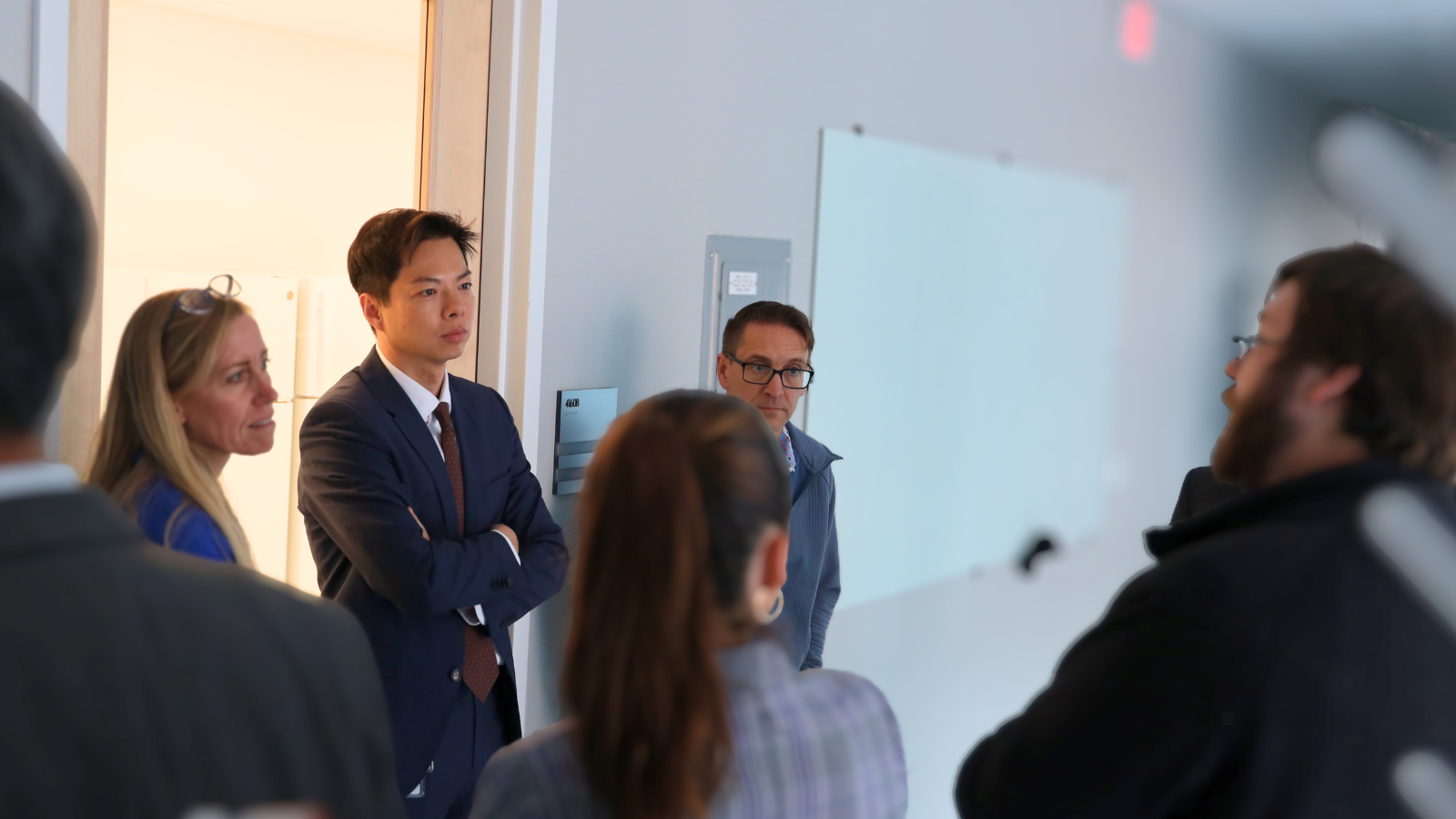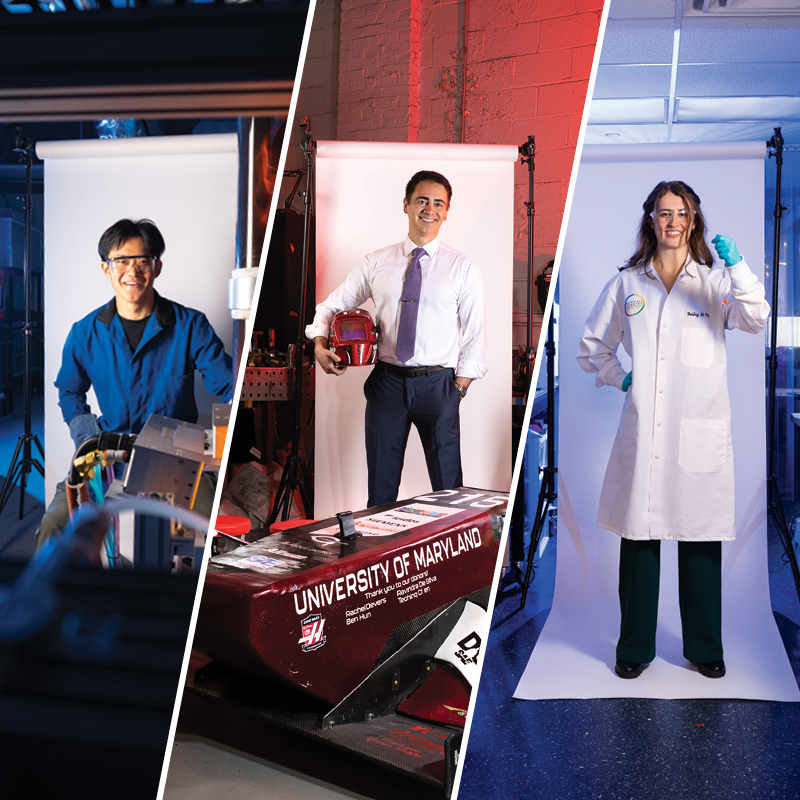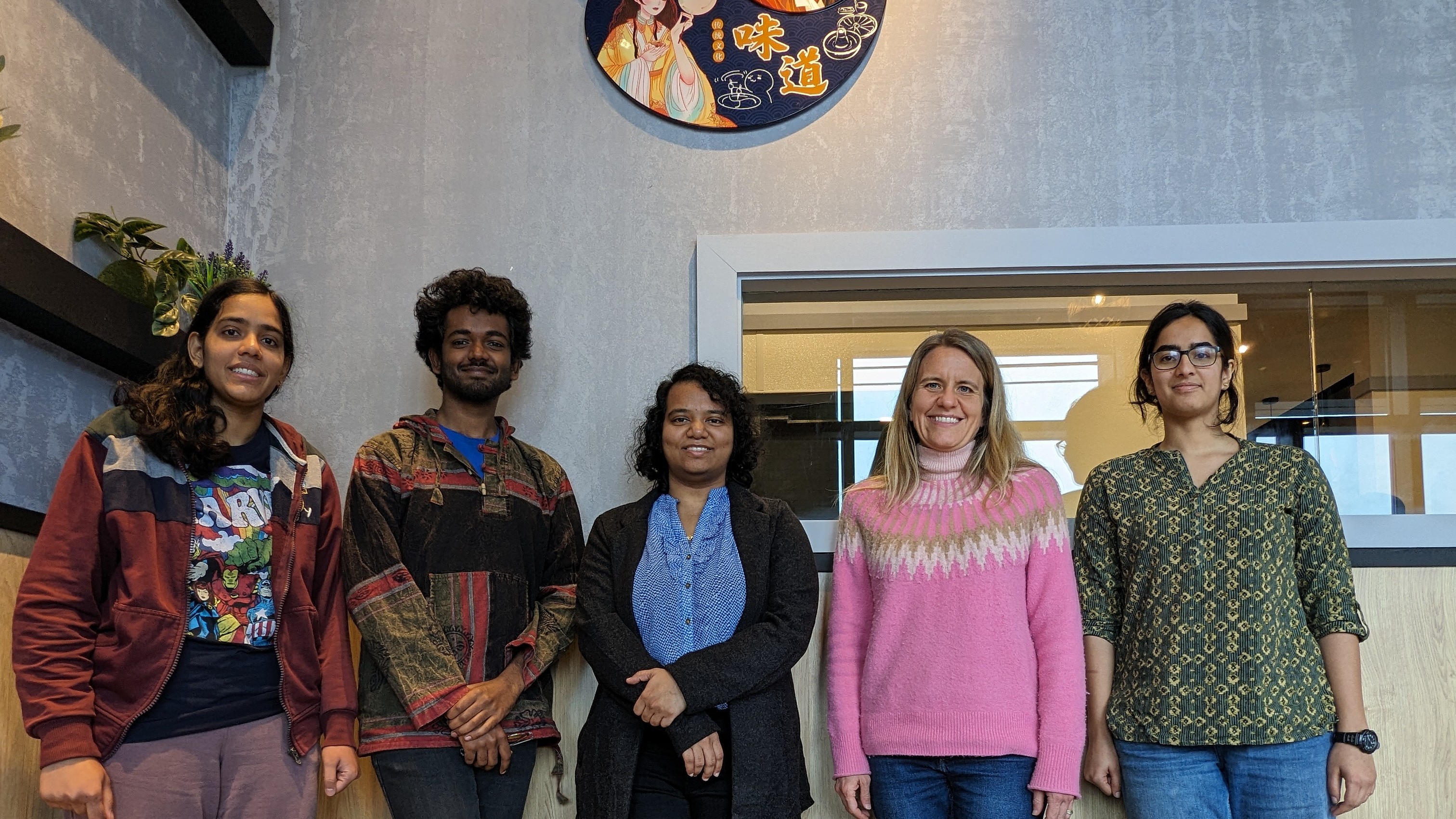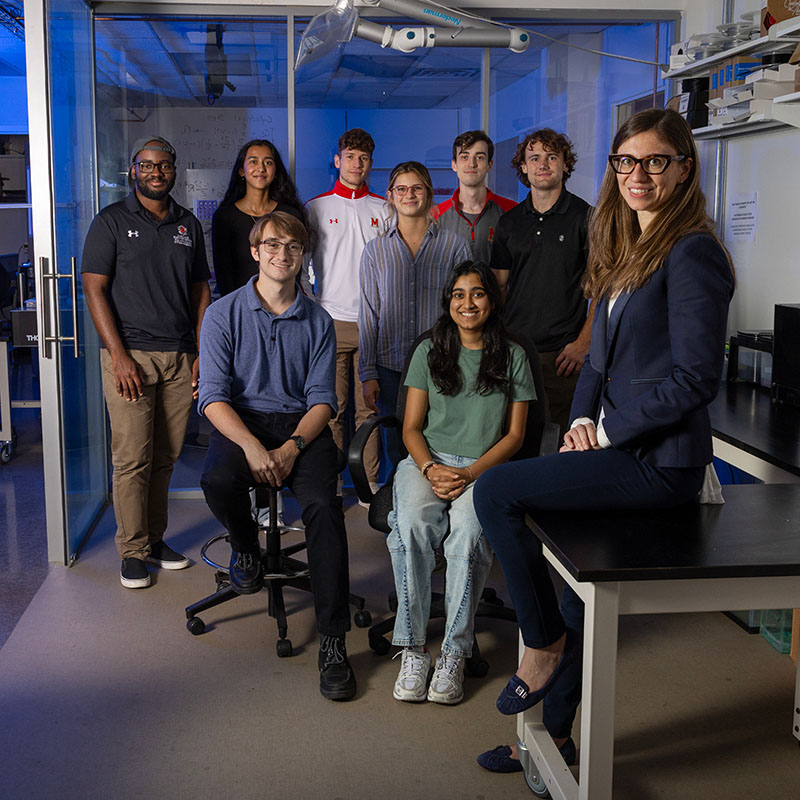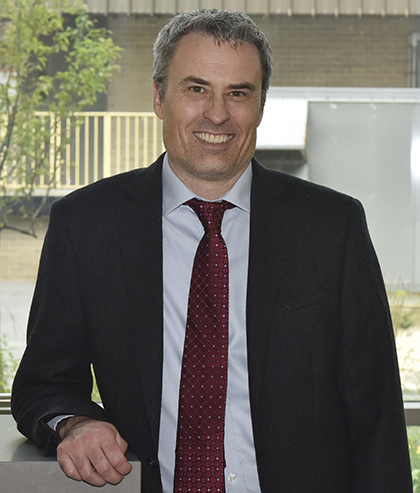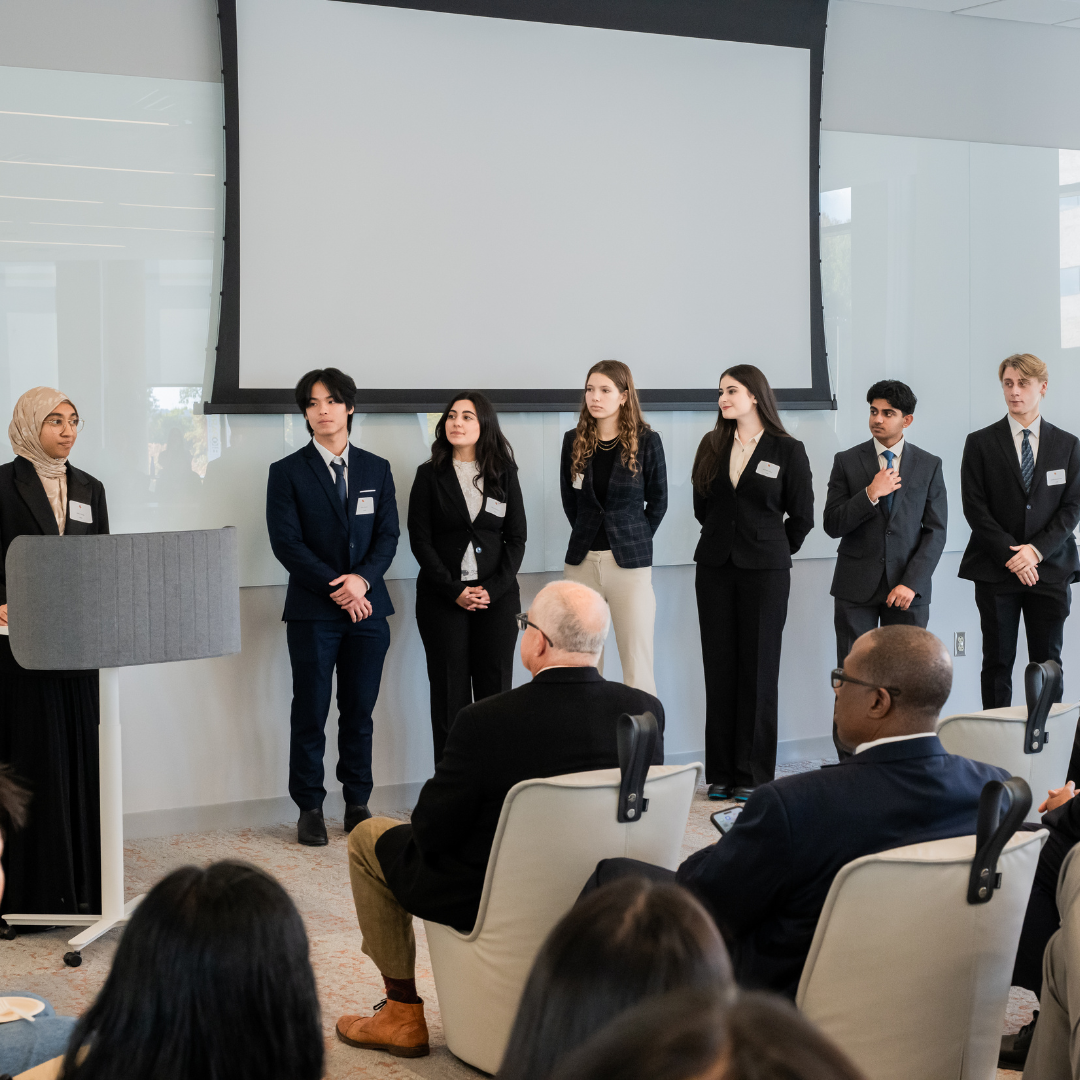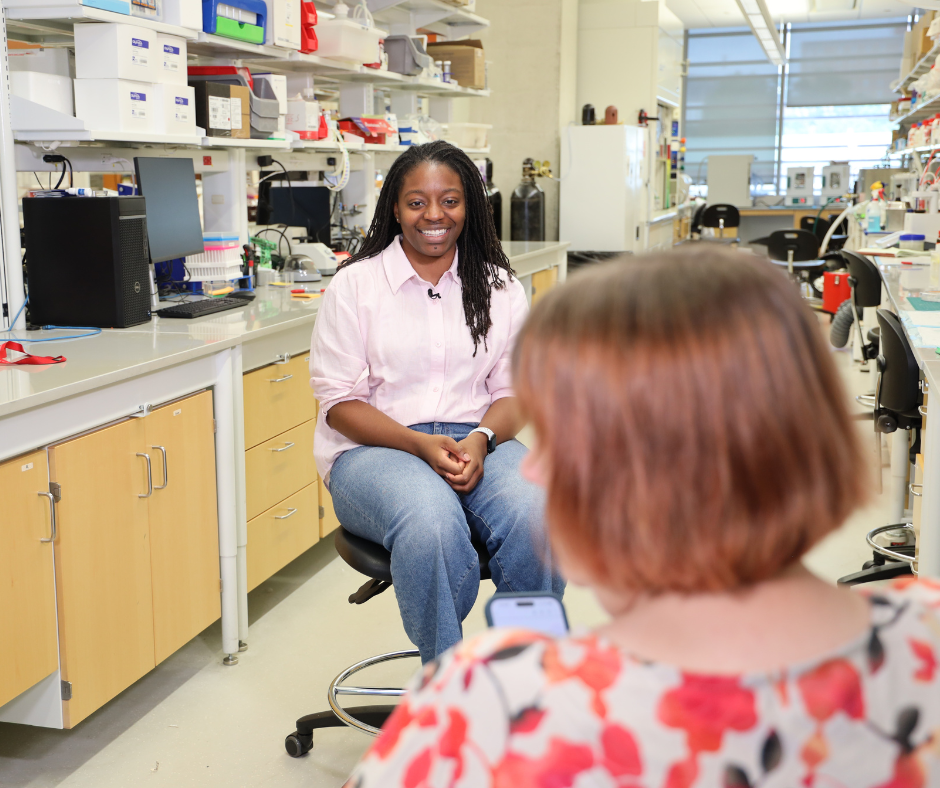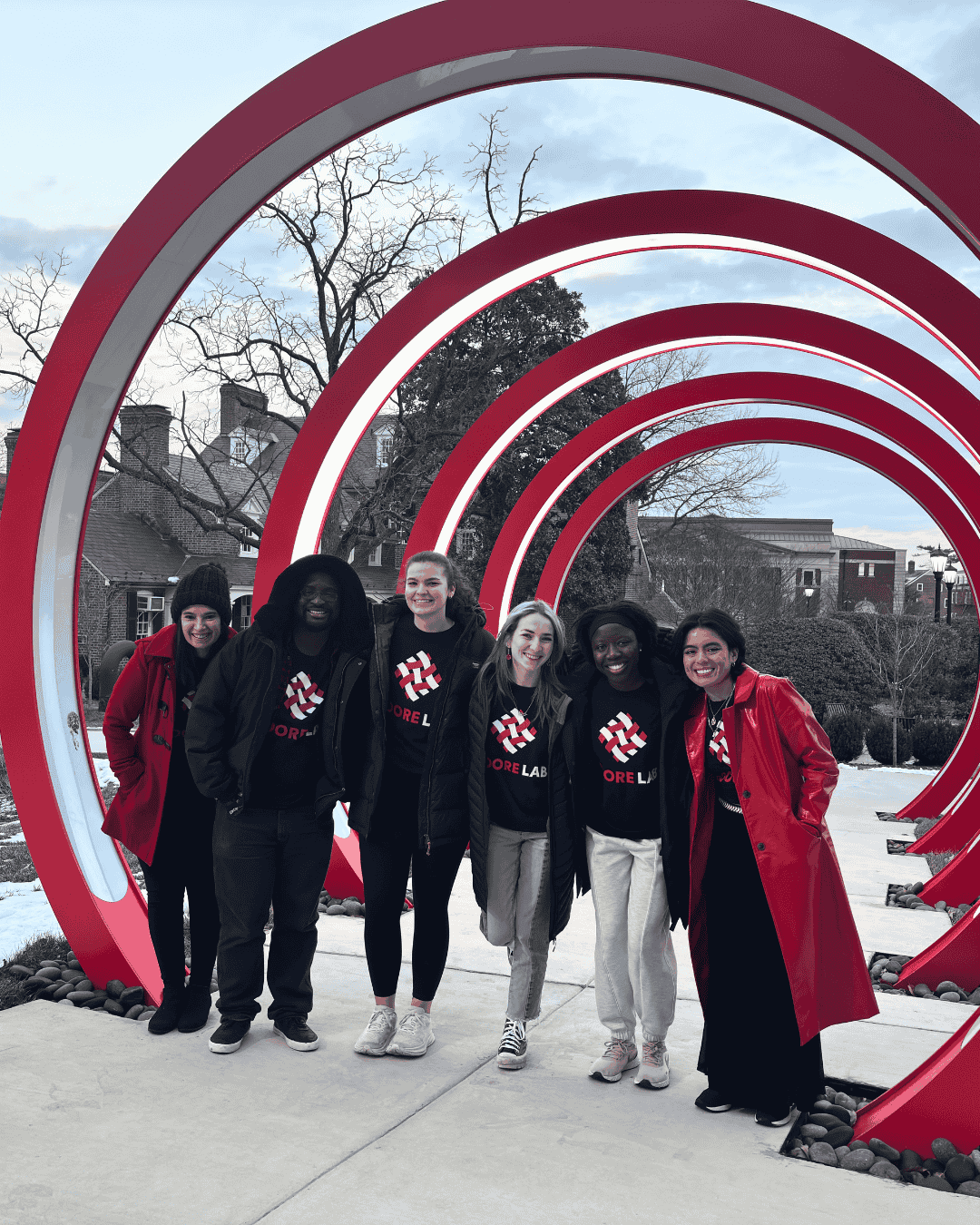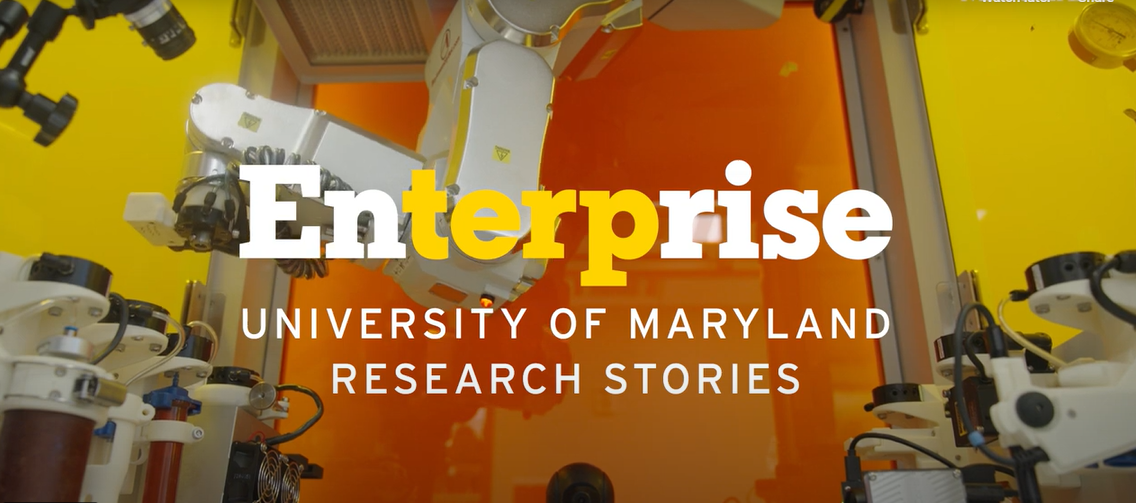News Story
Bentley Comments on 3D-Printed Bacteria
Fischell Department of Bioengineering professor and chair William E. Bentley was consulted for a story about a 3D printing technique used to create colonies of bacterial. The article recently appeared in Chemistry World, a publication of the Royal Society of Chemistry.
In “3D printing bacteria,” Chemistry World reporter David Bradley presents research from the University of Texas that uses 3D printing to create “defined bacterial communities.” These communities, which take form of porous gelatin structures in which the bacteria are suspended, allow researchers to systematically investigate cell-to-cell communication, physical interaction, and reaction to chemicals such as antibiotics, all in a precisely controlled environment. The gelatin’s shape can be adapted work within different microfluidic or lab-on-a-chip devices.
“There is a rapidly growing community focused on ‘biofabricating’ the assembly of biological components into structures that will transform our ability to understand signaling phenomena at nature's length and time scales,” Bentley, an expert in intercellular communication and lab-on-a-chip devices, is quoted as saying in the story. “This is exciting work that opens new avenues of exploration that have not existed and hold great promise to provide a platform for new discovery.”
Published October 8, 2013
